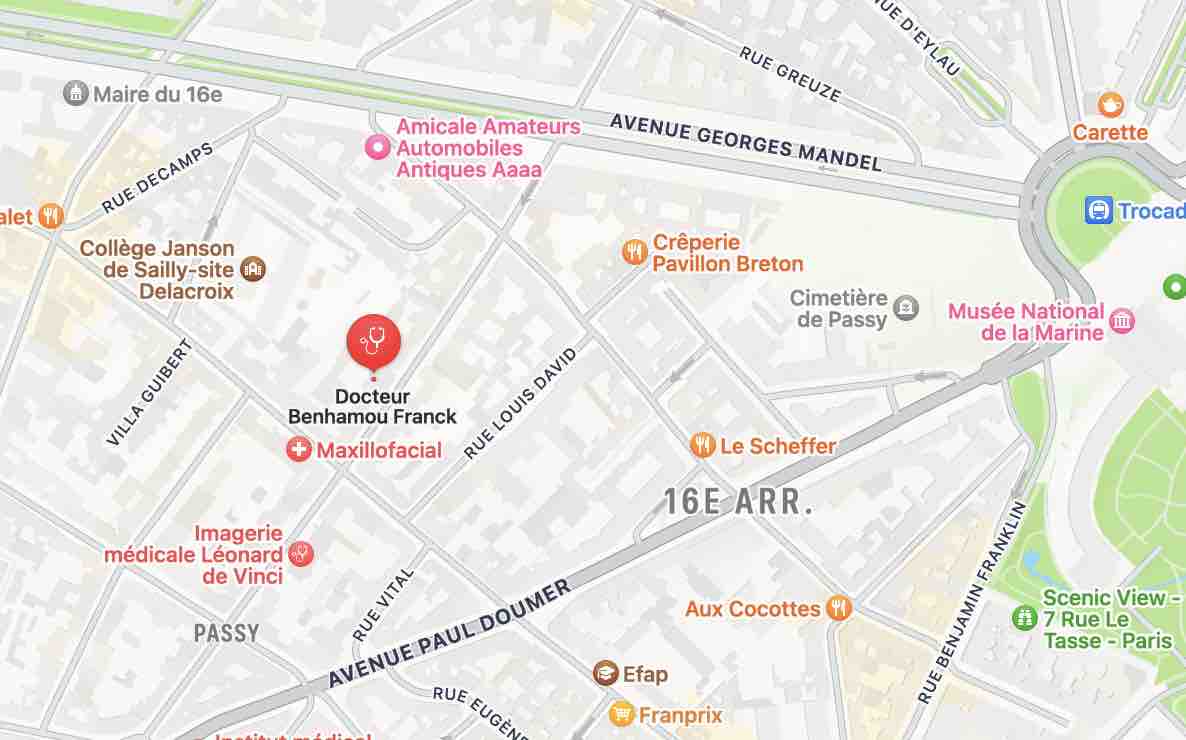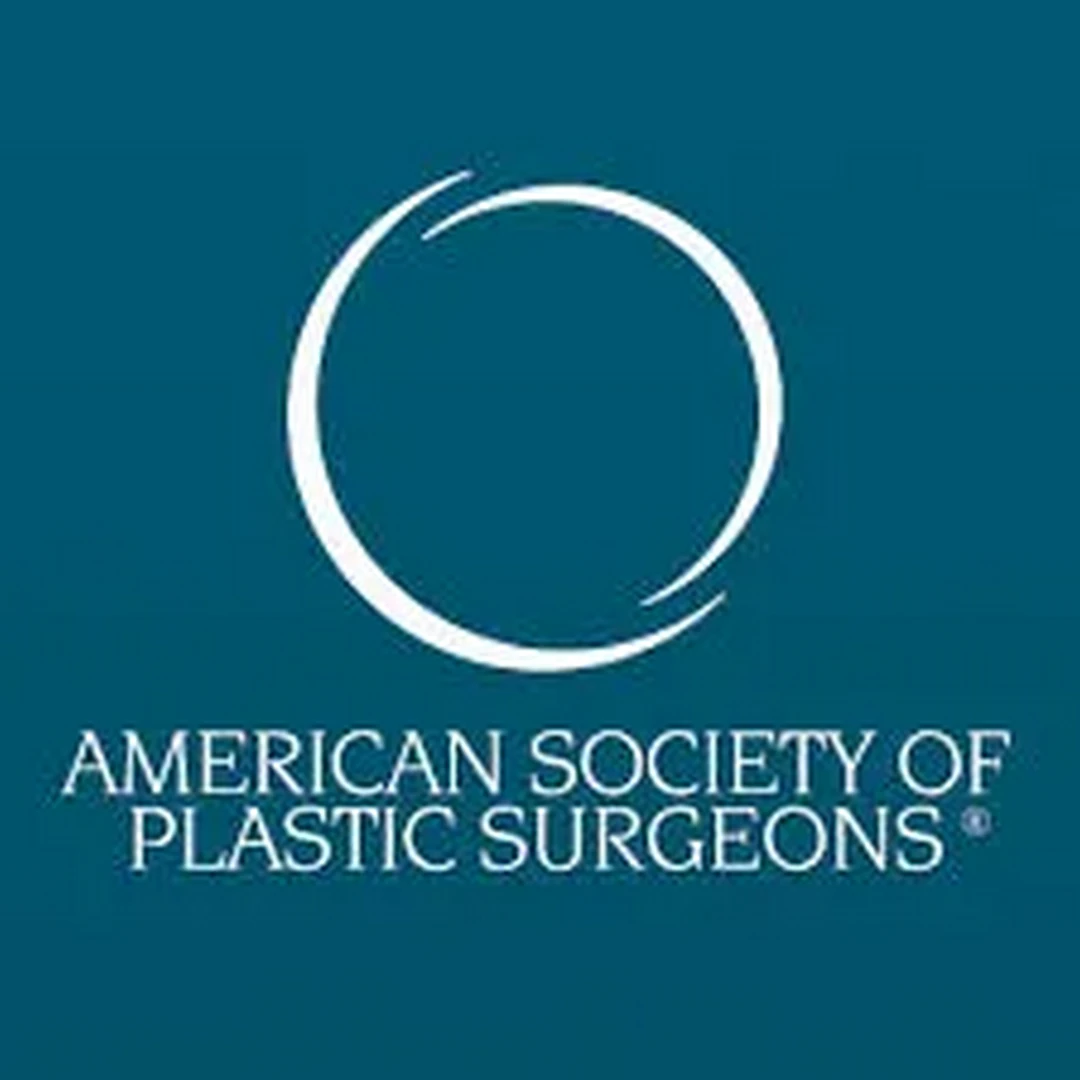- En /
- Aesthetic surgery /
- Blepharoplasty
BLEPHAROPLASTY
- Written by Dr Franck Benhamou
- Publication date 12 novembre 2024
- Updated date 14 octobre 2025
The surgery of blepharoplasty
The surgery is meant to correct the appearance of upper or lower eyelids that have been affected by the ageing process or the hereditary characteristics of the patient. The final purpose being to give back a rested look to the eyes while keeping its natural expression.
The surgery consists in :
For the upper lid : suppressing sagging of the skin which gives a heavy and drooping look to the eyes.
For the lower lid : removing the fat bulges causing sagging and suppressing the under eyes small wrinkles.
For the best result according to the case, two techniques are used :
Classical lids surgery, (under anesthesia either local, potentialized local or general).
Laser surgery (under local anesthesia). A pre-op evaluation is necessary before
surgery.
Anesthesia, either local or potentialized local is usually used. The anaesthetist doctor must be seen at least 48 hours before surgery.
No medicine with aspirin should be taken during the 10 days before the operation.
A one day hospitalization is usually sufficient. This surgical act is of the ambulatory type (exit of hospital on the same day) but an hospital stay of 24 hours may be recommended. The decision will be made by the surgeon according to the type of blepharoplasty.
About the surgery :
The intervention may take only one hour for the 4 lids depending on the necessity of additional surgery.
The surgeon will draw the incision lines before anesthesia.
If there is a sagging with skin excess the incision follows the eyelashes line continuing on the “crow’s feet” wrinkles, so that the fat bulges, redundant skin and loose muscles can be removed.
In case of sagging without redundant skin, the incision is made by way of the transconjunctival (inside the lid), so that no scar can be seen.
The stitches are made of very thin thread removed after 4 to 5 days.
Post surgery side effects :
This type of operation is usually painless.
However a feeling of tightening in the lids and
a difficulty to close the eyes may occur for about 48 hours. Watery eyes and cornea dryness are prevented by specific collyrium.
Oedema and ecchymosis will gradually disappear within 10 days. Total rest is recommended until stitches are removed (about 4 days).
On the upper lid, the incision will be made so that the skin excess will be removed.
On the lower lid two incisions are possible :
A one week convalescence must be considered and it is not advised to practice any sport activities until complete closing up, i.e. about one month after surgery.
The results can be appreciated quickly (around a week) but they will be final only when tissues gain back elasticity and when scares become almost invisible, which is to say from 3 to 6 months.
Complications of blepharoplasty
After any kind of surgery, complications may occur, some due to the medical and or cosmetic act itself, others particular to blepharoplasty.
Good security practices can limit risks but do not suppress them.
Some risks, very exceptional hopefully, cannot be anticipated and may endanger the vital or functional prognosis (emboly, paralysis, septicemy…).
Anesthesia carries its own complications which will be explained to you when you meet with the anaesthetist doctor.
Risks specific to blepharoplasty surgery :
The post operating side effects are usually very simple, but possible complications due to blepharoplasty must be known :
Bad evolution of scars : it is normal that scars get thicker and redder during the first month. This aspect, linked to the inflammatory reaction of any closing up, takes some months to improve and stabilize.
Infection : occurs very scarcely with blepharoplasty, except for some micro- abscess which may appear on suture stitches and are easily treated with local care.
Haematoma : not serious most of the times , if too important, they can be evacuated.
Epidermal cysts on scars : they usually disappear by themselves.
Keratoscleritis (cornea lesion due to drying) or watering : is treated with collyrium.
Lagophtalmos (impossibility to completely close the upper lid) : it usually lasts only a few days.
Ectropion (downward retraction of the lower lid) : it usually goes away after some weeks with regular massages giving back suppleness to the lid.
Enophtalmos (sunken eye with visible eye-socket bone) : can be corrected with secondary cosmetic surgery.
Imperfect results : Can be corrected 6 months after first surgery under simple local anesthesia.
Some complications noted at international level, must also be known :
Diplopy (double vision),
Glaucoma (eye hypertension), − Blindness.







